Editor’s Note: This is the first in a new series called UChicago Class Visits, spotlighting transformative classroom experiences and unique learning opportunities offered at UChicago.
The October air was crisp and the leaves just starting to yellow, a perfect day for a class kayaking trip. The water looked inviting on Bubbly Creek, though that hadn’t always been true.
In Upton Sinclair’s 1906 novel “The Jungle,” the author describes the southern branch of the Chicago River as “a great open sewer” where “the filth stays there forever and a day.” Today the former dumping grounds of the city’s stockyards are much cleaner, though the waterway’s ability to inspire creativity would remain unchanged—this time a muse for UChicago students.
In “Intro to Genres: The River’s Running Course,” students explored fiction, nonfiction, poetry and even musicals all guided by the theme of the river. For their final project, they were tasked with writing a creative piece inspired by the Chicago River in the genre of their choice.
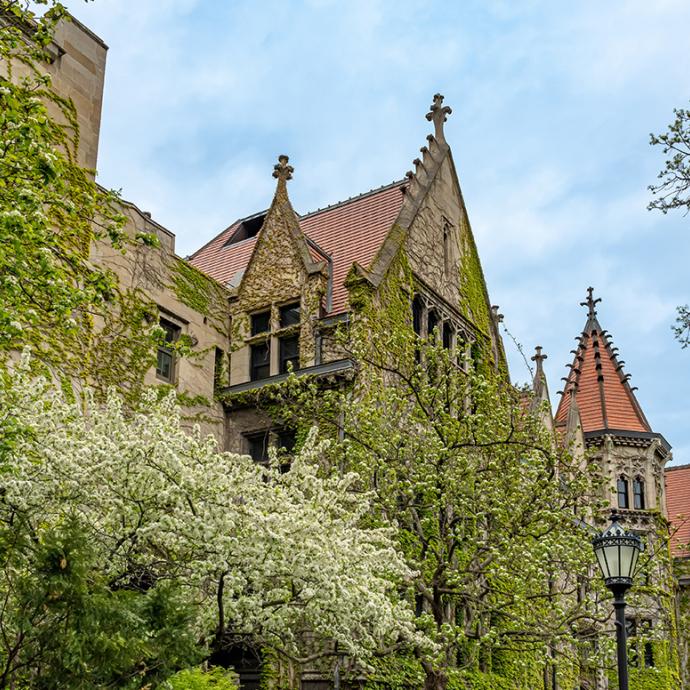
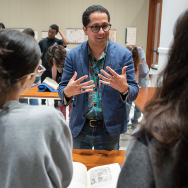
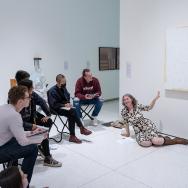
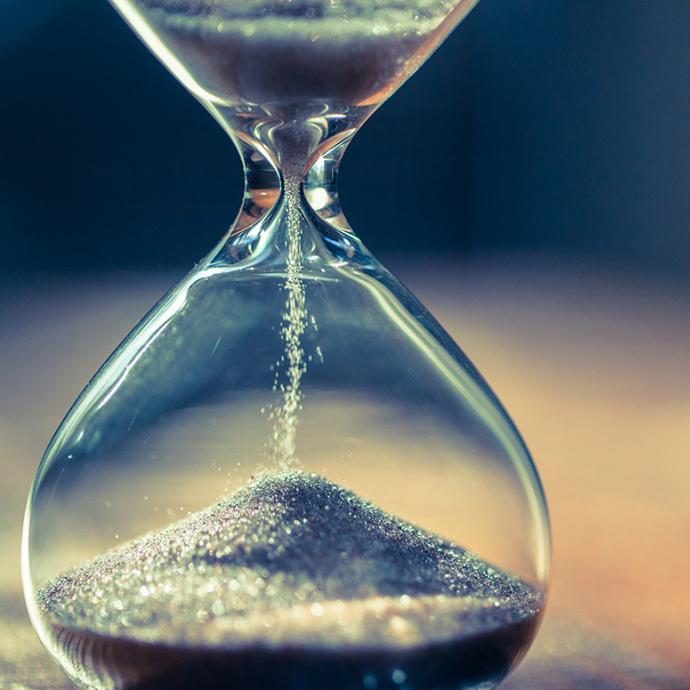
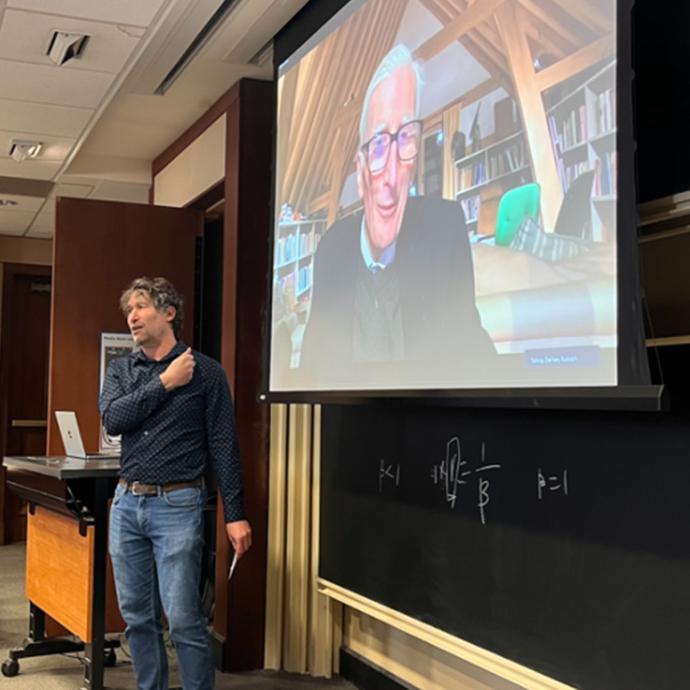
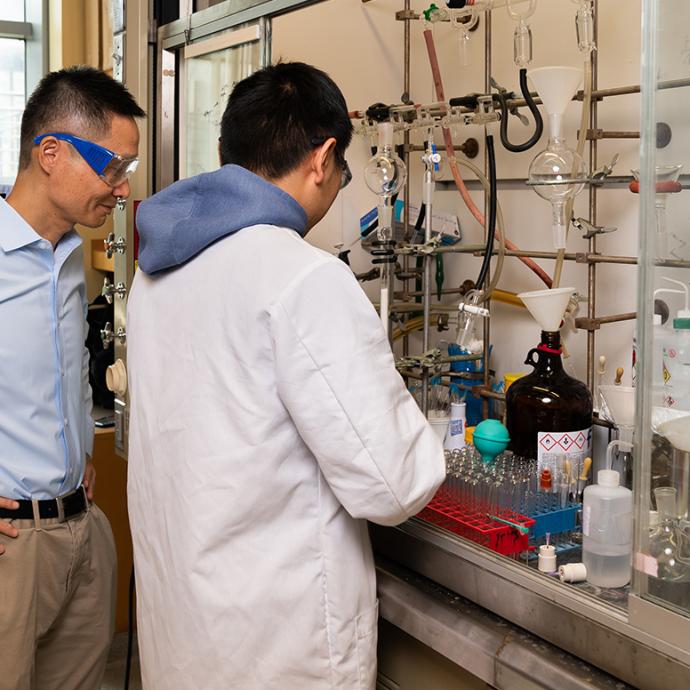

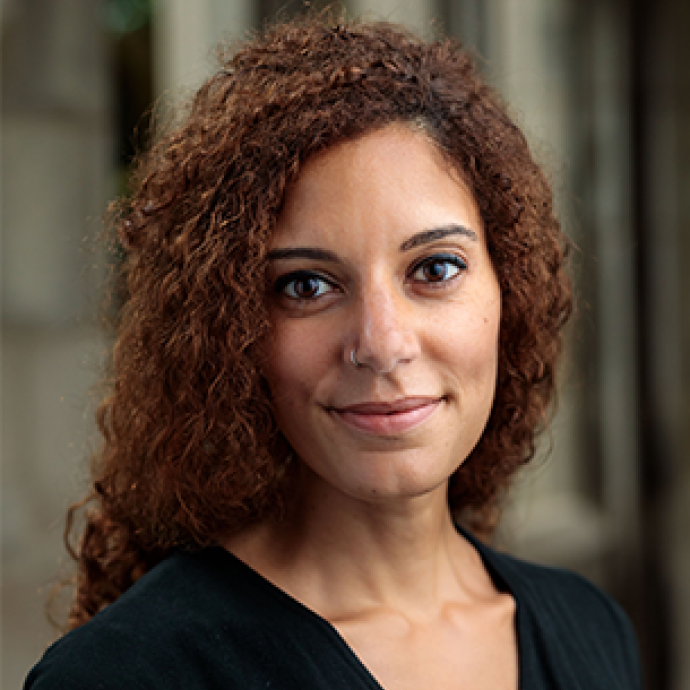




 —Prof. Chuan He
—Prof. Chuan He
